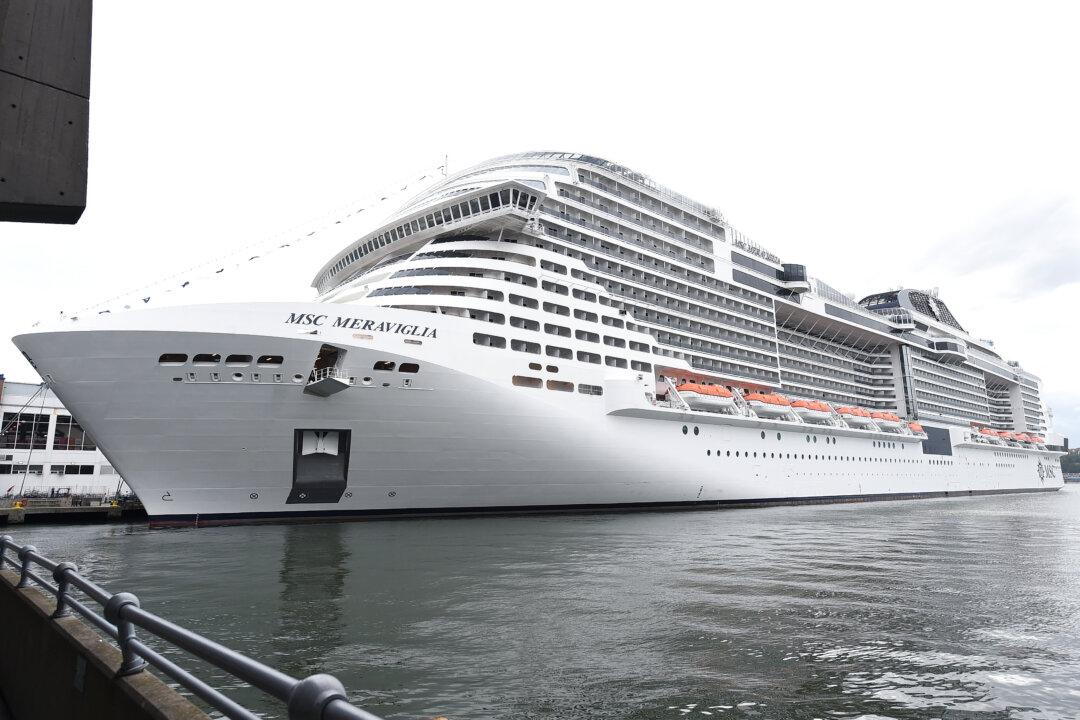Commentary
I like to think of myself as an optimist. My glass is always half full. (Naturally, with a drop or two of healthy skepticism built in.) But optimistic nonetheless.

I like to think of myself as an optimist. My glass is always half full. (Naturally, with a drop or two of healthy skepticism built in.) But optimistic nonetheless.